 Do you know that feeling? You come home from a great trip, having had the most amazing experiences, saw breathtaking landscapes and met fascinating people. Still overwhelmed by all of these impressions, you look at the pictures you took and feel somewhat disappointed. Something is missing; the pictures just didn’t turn out the way you wanted but you can’t really tell what it is. I am sure we have all been there and the good news is that we can do something about it.
Do you know that feeling? You come home from a great trip, having had the most amazing experiences, saw breathtaking landscapes and met fascinating people. Still overwhelmed by all of these impressions, you look at the pictures you took and feel somewhat disappointed. Something is missing; the pictures just didn’t turn out the way you wanted but you can’t really tell what it is. I am sure we have all been there and the good news is that we can do something about it.
My recent trip across Southeast Asia not only expanded my own personal horizon but also helped to immensely improve my photography. By lots of trial and error and the help of some amazing photographers I met on the way, I gained some important insights on how to become a better travel photographer. Some of these tips I want to share with you and hopefully help you to bring better pictures back home.
1| Equipment
The most widely used excuse for bringing home bad images is that the camera is just not good enough and things would look different with a high end DSLR at hand. But please bear in mind that it is not the camera that takes the picture, but the person behind it. I saw some amazing photographs taken with smartphones or with entry level cameras. Hell, even my pictures were taken with an entry level DSLR and comparably cheap lenses.
Realize that the camera is just a tool that you use to create images. Don’t cry over equipment you don’t have but invest in your skills. Learn about photography, about composition and light and how it is all connected. If you master these, you won’t need expensive gear to create breathtaking images.
2| Let your senses guide you
Traveling is not just about marking off sites of your bucket list. It is about exploring a place with all of your senses. Tasting those exotic delicacies from the roadside food stalls, smelling the scent of foreign spices at the market, listening to the evening chant of Buddhist monks or just observing the locals as they go about their daily business. All of these impressions make up your travel experience. Try to capture them in your images, create your own story and move away from the selfies and the postcard shots everybody else takes.
3| Know your gear
You should know your gear inside out, all of the buttons, the functions and what to use when. Make use of the technology you have and invest some time before your trip to become familiar with your camera and confident working with it. The time on the road is too precious and shouldn’t be wasted finding out how your camera operates.
4| People
It is said that the human element always adds interest to your images. I find that very true and as a matter of fact, people photography has become one of my favorites. It’s a tough thing to master but can be so rewarding.
Get in contact with people, even if you don’t speak their language. Try to establish a connection before you even get out your camera. You need to invest a bit of time and energy but then you will be able to take a more memorable and compelling portrait. Much better then just snapping away from afar. We need to overcome that awkward feeling and false reservation we might have when photographing people. If you want to learn more about about how to do this, see my article on Digital Photography School
5| Street Photography
This discipline has become a huge thing among photographers and it is a great way to capture the essence of a place. It’s also great because it is an easy way to include that human element which I mentioned before. If you have some time, a good trick is to set the street photography trap. Pick a photogenic spot (maybe a colorful wall, a picturesque street corner etc.) and hang around a bit. If there is a café close by, you can even sit there and relax. Prepare your camera and wait – something interesting will surely happen and you will be in the best position to capture it.
6| Gear
Traveling, especially if you move around a lot, requires a deliberate decision in terms of the gear you take along. The aim should be to travel as light as possible, especially if you are into backpacking, trekking etc. Don’t take all of your lenses, a flash and what not. Think about where you will be going and pack accordingly. Remember the possibilities this limitation of gear can grant you. Take only one lens, maybe a 50mm prime lens, and use it for the entire trip. I guarantee, at the end of that trip you will be an expert and able to get the best shots possible with that lens.
7| Get moving
Don’t be a lazy photographer and solely rely on your big zoom. Get moving, get down low, lie on the ground and move around your subject. Become aware of the foreground and the background and play with them. Usually the first angle you try won’t be the best one available. You can eliminate things or include things in your image just by moving around a little bit. Get creative, get moving and change the perspective – it will open up a new window for creativity.
8| Get close
As famous photographer and photo journalist Robert Capa said, “If your pictures aren’t good enough, you’re not close enough.” I find this especially true for travel portraits. If you are unhappy with yours or if they look boring, it is probably because you are too far away. I know it feels awkward to get really close to someone you don’t know, especially in a foreign country. It seems so much easier to break out your big lens, zoom in and just click away, hoping that your subject won’t notice you. Unfortunately this won’t work.
If you want to have crisp, sharp and extraordinary images which tell a story and leave your audience in astonishment, you have to overcome your shyness and get close. This will help to add more details on your subject’s face, increase sharpness and focus on only one or two elements. The viewer will automatically understand more about your image.
9| Make use of the best light
The best light for almost any photograph are the golden hours, one hour after sunrise and one hour before sunset. This light is soft, it is entering from an angle and hence giving your subject more texture, definition. There won’t be any harsh shadows and it will be easier to create that sense of depth and perspective.
Last thoughts…
Try to remember these things when in the field. It is basic stuff but it will help you to create better images and understand what makes a good picture. The most important thing is to practice often. Just go out and shoot, even if it may appear mundane at first. If you can take good images at home, you will sure find it easier while traveling. And one last tip: Don’t spend your entire trip looking through the viewfinder. Make sure to put the camera away sometimes to just enjoy the trip and all the great things around you. Create memories.
The photographic journey is a never ending one. What are your experiences with it, what tips do you have for becoming a better photographer? Let me know in the comments below. Philipp
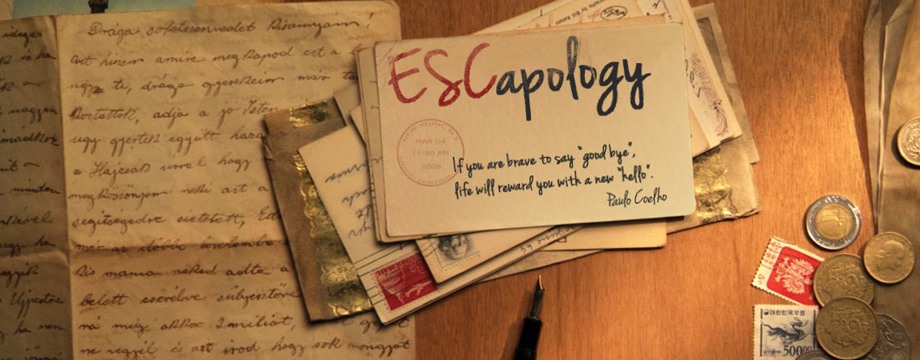
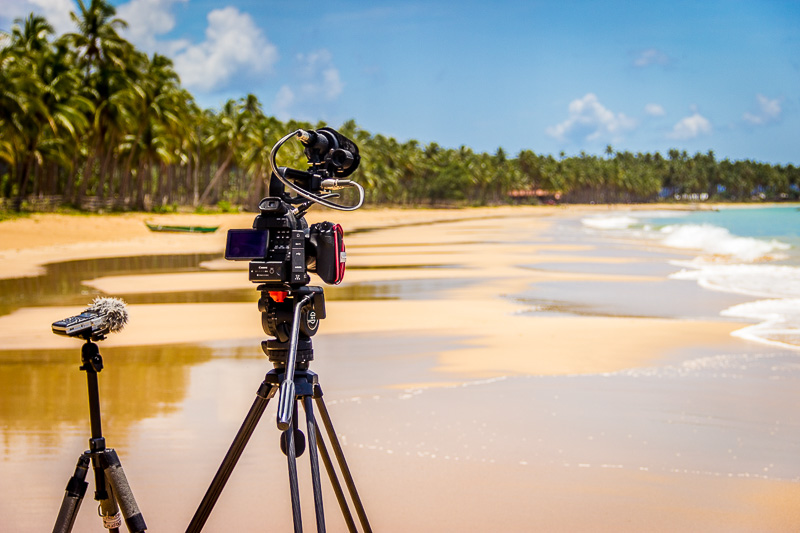
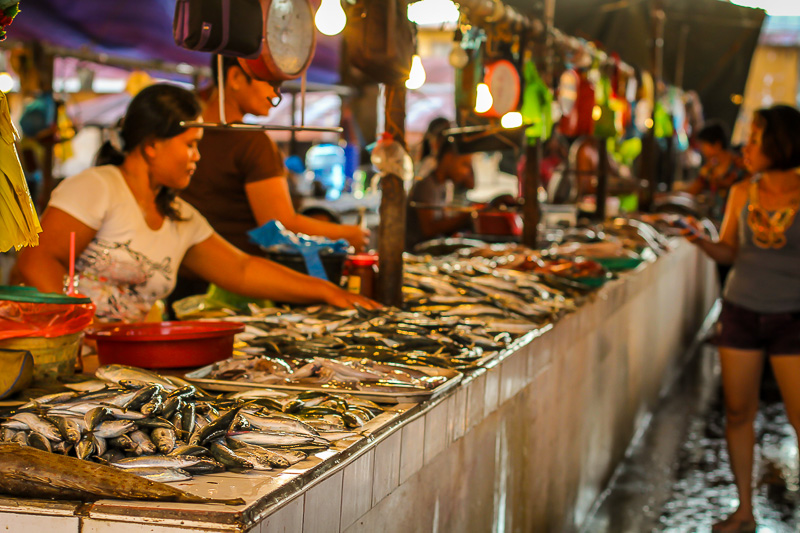

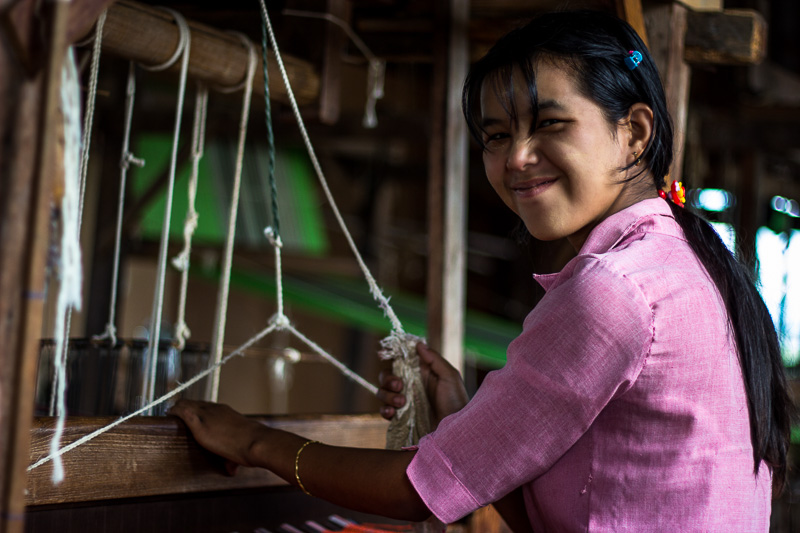
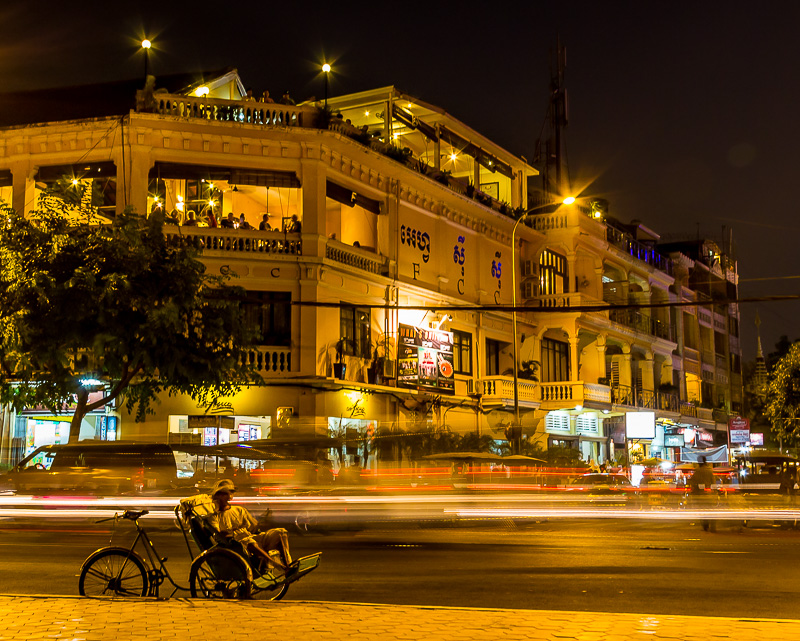
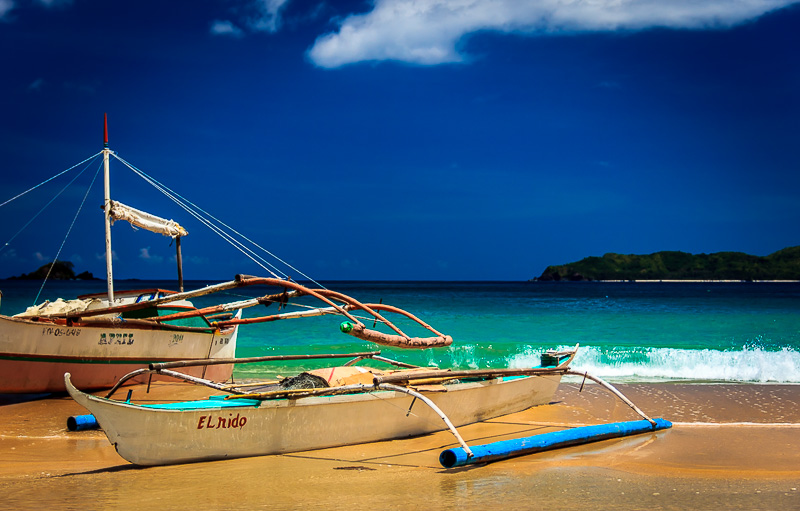
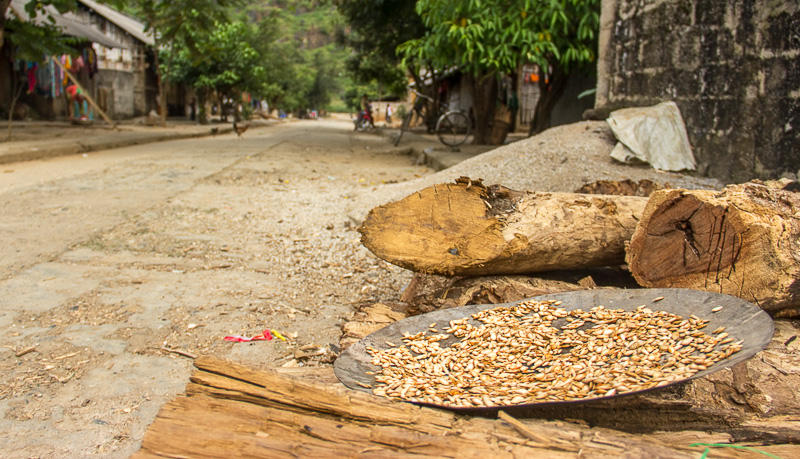
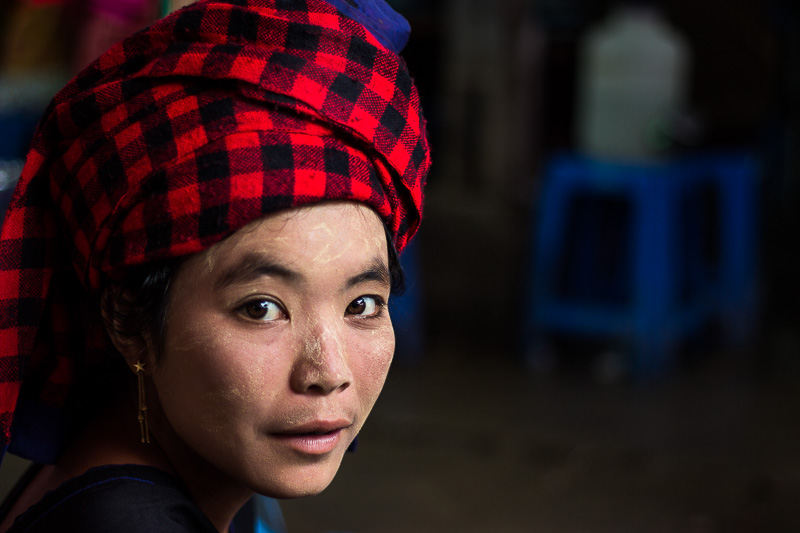
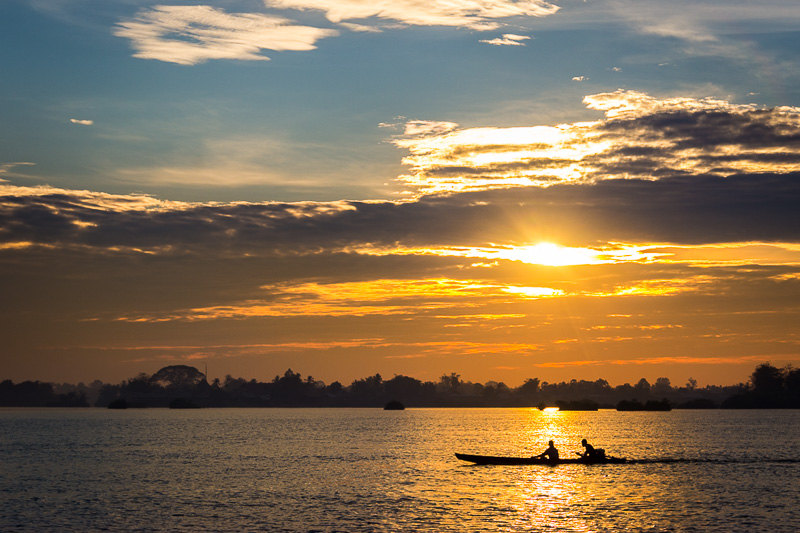











Thanks for the tips!
Cheers Inigo…. appreciate it
Great article and a lot of good advice I will be using next time!
Hi Amy, thanks and I am happy you found it helpful. All the best to you and happy traveling.
Very helpful tips 🙂
Hey Dara, thanks for your feedback. Happy you found it informative!
great article, nice tips, awesome pics! 🙂
Cheers Fil…appreciate your feedback. I am glad you like the pictures …
“it is not the camera that takes the picture, but the person behind it”
True. I can say based on my own experiences, I find most times that even when something doesn’t look that appealing, take a pic of it with whatever camera you have and it will most probably look good or look better, you’d wonder if it’s the same thing you took a shot of..
I am kind of extreme, BTW: I love vivid colors and at the same time, I am a fan of B&W photography.
I just realize I didn’t really make a point. What I meant was if a photo looks bad, don’t blame the camera ’cause most of the time, it’s your fault, not the camera’s.
Oh, and regarding street photography, word of advice: be careful lest you want it snatched 😉
Yeah, usually it is the photographer who could have done better because he is in control of everything that the camera does. So yeah, it is better to invest in skills first… and yeah, always be careful when on the streets. I had to learn it the hard way ….
Good to know that experience did not make you change your mind about street photography, though 🙂
I think one good tip for photographers – amateurs & enthusiasts alike, is to never aim to impress. Sometimes we all focus too much on the “nice shot” we are taking than actually capturing the moment. There’s a big difference. You are right, it’s the connection you make – with the people, with the place, with the moment. Be in it so you can capture it in its most raw and natural state. 😉
That is very true. If you really connect to it, to the people, then your picture will show it and also your connection to that image will be much deeper. It will be a true memory provoking all kinds of feelings. A thing that the odd snapshot of a sight will never be able to do … Cheers Esabela for sharing your thoughts!
Thanks for your tips, Phil! I’ve been through all the conditions you’ve mentioned above, and your post somehow is like a kind reminder to me. I’ve learned them all the hard way 🙂
HI Taufan, thanks for stopping by and leaving a comment. Glad you liked the article. It is sure a long and probably a never ending journey… lots to learn and sometimes it needs to be the hard way to stick … Cheers Taufan
Great tip, Phil! thank you. Been frustrated with my travel photos for a long time. Will surely follow your tips. Have a good day!
Hi Abba, glad you found my tips helpful. It sure can be frustrating at times…but the secrte is to stick to it and to overcome these times of doubt. Only then you will become a better photographer…. Thanks for stopping by …. Philipp
Nicely put. I still have a lot to learn about taking great pictures and will be following your tips!
Hi Michael, thanks for your positive feedback. I appreciate that…I also still have a lot to learn. It’s a never ending journey …
Great tips you have provided here for travel photography, I am a traveler and have a lot affection with photography and video making as well. I am damn sure your above tips would be helpful for me next time travel. Please check my travel photography and article here: http://blog.saffronstays.com
Hi Tejas, thanks for stopping by… I am happy ypu like the tips I provided in this article. I checked your blog and some of your articles were really interesting as I would really love to explore India soon. There seems to be a lot to see for the intrepid traveler. Thanks again and all the best …